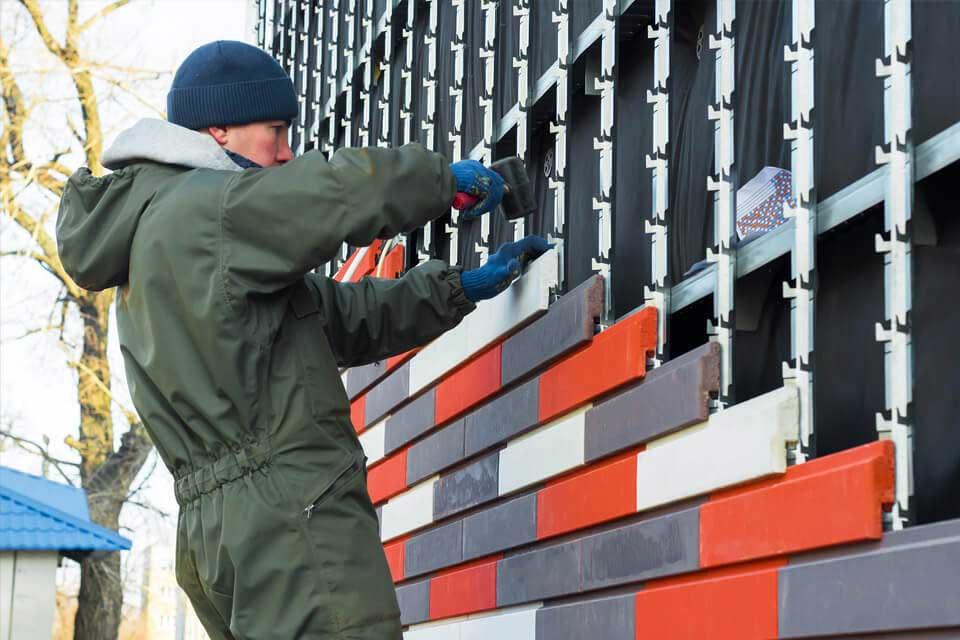Tribunal rules developer is liable for cladding replacement costs under the Building Safety Act 2022

We have our first decision on Remediation Contribution Orders following their creation in the Building Safety Act 2022 after it came into force on 28 June 2022.
The decision in Batish v Inspires Sutton Limited, given on 13 January 2023, saw 18 leaseholders of a residential block of flats set out to recover costs they paid towards the replacement of cladding. The court ruled that the developer and other respondents were liable for the costs of cladding replacement works.
Background to the case
The property needed remediation of its unsafe cladding. A grant from the Government funded this remediation work; however, essential fire safety work to balconies was deemed non-eligible for funding.
The Act allows leaseholders to apply for a remediation contribution order if the works relating to the construction/conversion of a building took place within 30 years from the Act coming into force in June 2022. When defects arise due to construction/conversion and cause a risk to the safety of people in or around it, the developers and landlords are liable
The applicants were 18 long leaseholders, and the respondents (1) the freeholder/developer, (2) an asset management company (subject to insolvency process and latterly in liquidation) described as the parent company to the freeholder/developer, and (3) two directors of the freeholder/developer.
The local authority decided to take enforcement action under Part 1 of the Housing Act 2004 against the freeholder serving a section 11 Improvement Notice citing multiple category 1 hazards requiring urgent attention. These included the works to the balconies and the non-eligible works.
The funding for this balcony work was raised from leaseholder contributions to the service charge following a section 20 consultation.
The leaseholders paid approximately £190,000 for the remediation of "relevant defects" under their leases. They sought reimbursement under Schedule 8 of the Housing Act, which limits the recovery of such charges.
One of the two directors of the freeholder/developer represented the respondents and acknowledged that the freeholder had no defence to the application.
The second respondent was a company deep in insolvency proceedings. Accordingly, there was a moratorium on any Tribunal or Court action unless a court order gave specific permission. No such order existed. The second respondent was removed as a party to the proceedings.
The individual directors of the freeholder were cited as parties in their own right. Proceedings were dismissed against them because the legislation only provides for a specified body corporate or partnership to make payments under a remediation contribution order.
The outcome
The Tribunal ordered that the first respondent, the freeholder/developer, should be subject to a remediation contribution order of 96.144% of the amounts the leaseholders had paid on the following basis:
- The property fell within the "relevant building" definition as it was structurally detached and had at least five storeys.
- The applicants were "interested persons" for the purposes of the Act as they held legal interests in the property through their long leases.
- The first respondent was found to be a "relevant specified body corporate"
- The costs the applicant sought to recover related to "relevant defects" – the remediation of external defects (the section 11 works) and the balconies.
- The external defects and balconies constituted a “building safety risk.”
- It was just and equitable to make the remediation contribution order as it was satisfied that the leaseholders paid for the cost of works that ought to have been met by the freeholder/developer.
- Paragraph 2 of Schedule 8 provides that no service charge is payable for defects for which the landlord is responsible.
- The freeholder was the developer and landlord under the leases at the qualifying time. Accordingly, in paragraph 10 of Schedule 8, the costs were not to be regarded as relevant costs to be taken into account calculating the amount of service charge.
Why is the outcome important?
Primarily because it is the first one in this area. Secondly, because it sets out clearly and succinctly, in the eight areas listed above, the key points to make in a remediation contribution order application. What it does not do, however, is give any guidance on the Tribunal’s deliberations as to why the order was just and equitable.
Because of the scale of the cladding problem, Batish is likely to be the first of many such applications. With each one, we should get increasing clarity regarding the factors considered under the just and equitable heading. It is a case of watching this space.
For more information on this issue and how it could affect you, please contact Charlotte McMurchie on 0191 211 7979 or email [email protected]
- The property fell within the "relevant building" definition as it was structurally detached and had at least five storeys.
- The applicants were "interested persons" for the purposes of the Act as they held legal interests in the property through their long leases.
- The first respondent was found to be a "relevant specified body corporate"
- The costs the applicant sought to recover related to "relevant defects" – the remediation of external defects (the section 11 works) and the balconies.
- The external defects and balconies constituted a “building safety risk.”
- It was just and equitable to make the remediation contribution order as it was satisfied that the leaseholders paid for the cost of works that ought to have been met by the freeholder/developer.
- Paragraph 2 of Schedule 8 provides that no service charge is payable for defects for which the landlord is responsible.
- The freeholder was the developer and landlord under the leases at the qualifying time. Accordingly, in paragraph 10 of Schedule 8, the costs were not to be regarded as relevant costs to be taken into account calculating the amount of service charge.
